Tourism in Cusco mostly circulates around adventures to Machu Pichu. But the town itself is a fascinating place for health and wellness. This includes the San Pedro Market with interesting local plant products, San Pedro Cactus excursions at the Temple of the Moon, as well as the mystical Ayahuasca vine plant medicine – but be warned, this is only for the brave.
Contents
San Pedro Market
San Pedro Market in Cusco is the best place to buy local health-centric products. Here you’ll find Peruvian Dark Chocolate at reasonable prices, along with a myriad of local fruits and herbs. And of course, the mystical San Pedro Cactus, named after a saint – St. Peter. Juicing is very prominent inside the market, and a good option to boost your nutrition while traveling.
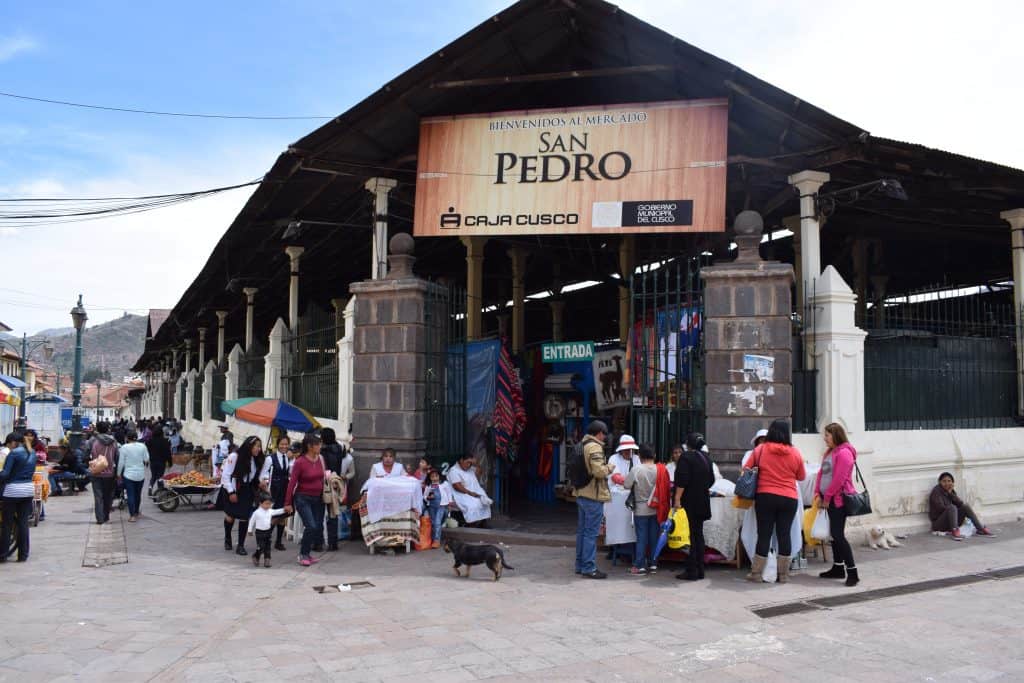
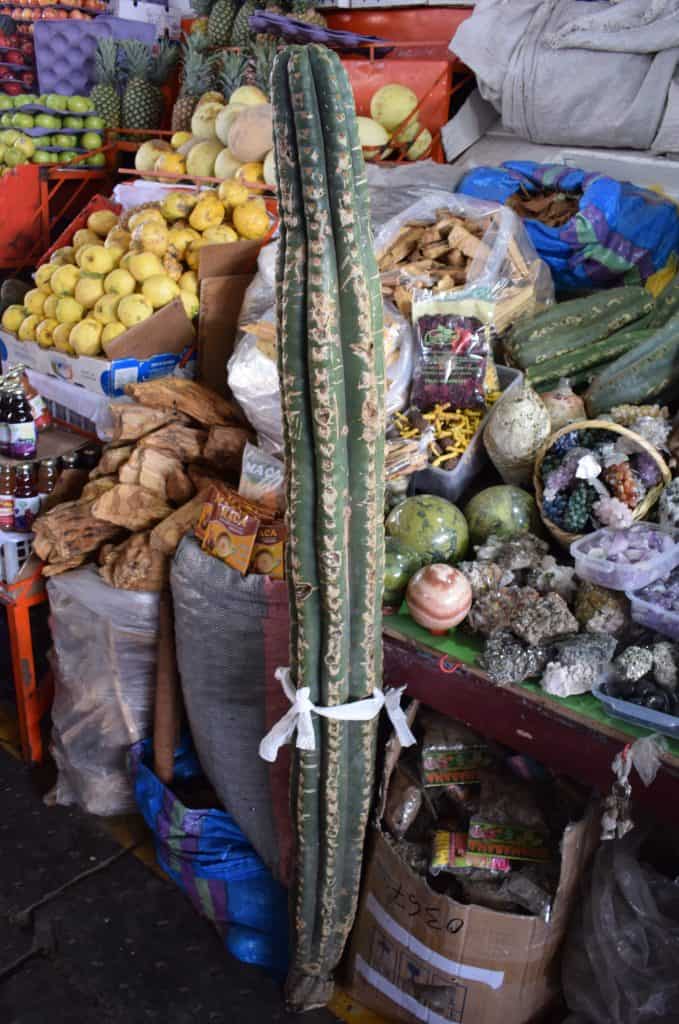
Cusco Restaurants
Shaman vegan restaurant is the most impressive health-centric restaurant in Cusco. Compared to other good restaurants in Central Cusco, prices are very reasonable. If you’re doing an ayahuasca retreat, this is the place to go to fuel your brain and body beforehand. The green smoothie option is made with Coca leaves.
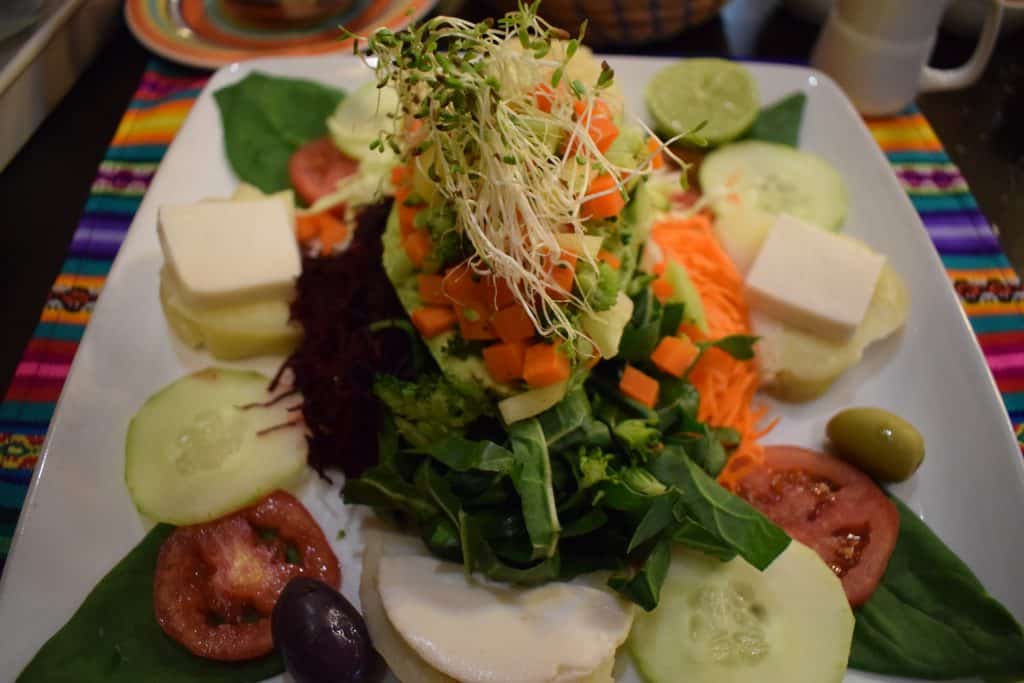
La Rabona is a small health cafe with products such as Coca leaf Kombucha. It is situated in a cool hipster area of Cusco, aimed at tourists but not too expensive.
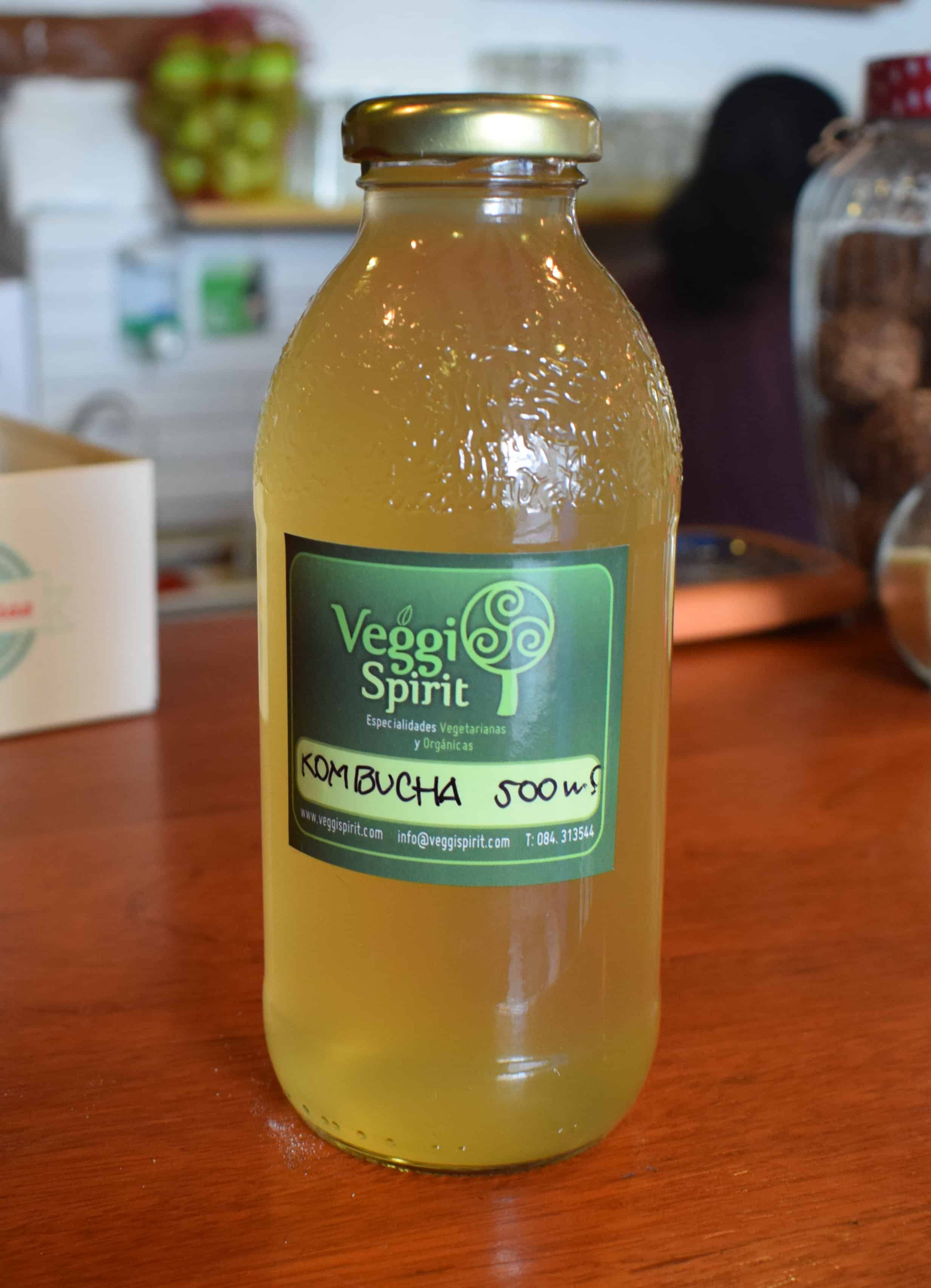
Don’t think that you can only try fresh Ceviche in the coastal city of Lima. In Cusco you’ll find great ceviche made with local trout at Organika Restaurant.
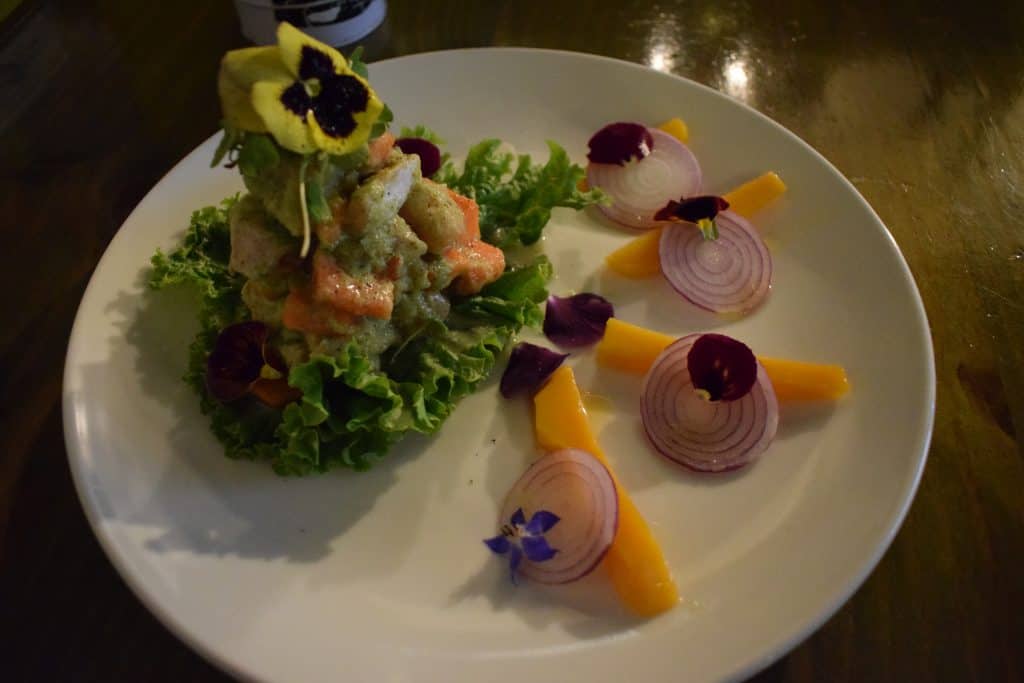
- Rucula is close to Organika (and belongs to the same owners). The menu is similar. There are super-healthy options such as Trout salad (photo on Instagram @healthtraveljunkie).
- Chia Vegan restaurant is an expensive option in Cusco for health-centric food. It’s not as good as Shaman Vegan Restaurant or Organika. There are 10% discount cards for Chia vegan restaurant lying around at some hostel/hotel receptions e.g. at Ecopackers.
- El Encuentro Vegetarian Restaurant (Tigre str. 130) isn’t a bad food joint for flexitarian or vegetarian travelers. However, the menu contains both healthier options, including seitan or tofu, along with less healthy options such as vegetarian hamburger and chips.
- Lastly, Loving Hut, although slightly outside the center of town, is a good vegan option, at good prices.
Two very prominent healthier drinks in Cusco are Chicha morada – purple corn juice, as well as carrot juice (jugo de zanahoria). Chicha Morada’s purple color is due to the presence of a flavonoid (Anthocyanins) which may have high anti-oxidant capabilities.
San Blas is a relaxed bohemian neighborhood a few blocks to the south of central Cusco. When you walk from Plaza Armas in central Cusco to San Blas, turn right into Carmen Bajo Street for two health shops and two healthy restaurants on your left-hand side. One of them is a good but expensive restaurant – Green Point. The portions were rather small, but the food is very healthy. The best health shop in Cusco was on this street next to another decent looking restaurant “Naturale Pizza and food”. The sign on the door of the health shop is “Alimentos y medicinas naturales”. It’s a small shop but you won’t find anything larger in central Cusco.
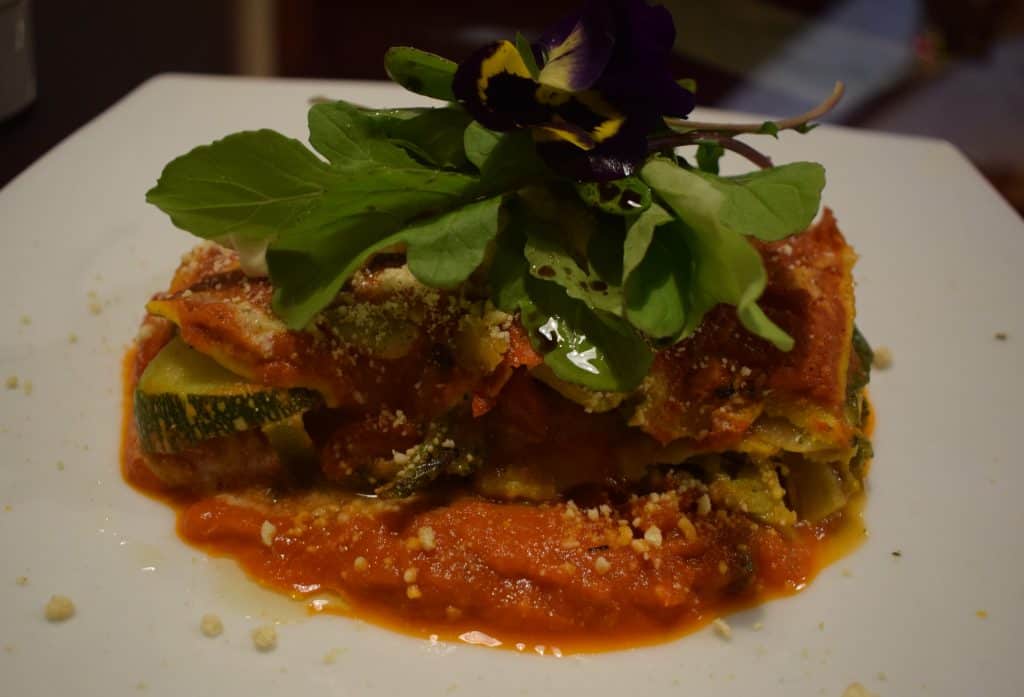
To conclude the restaurant section, the three most popular local types of meat (apart from chicken) is Alpaca, Guinea pig, and Trout. Alpaca is similar to beef, except it is leaner, and thus healthier. Guinea pig (“Cuy”) can be compared to duck meat. Thus it is similar to chicken, but with more fat and less lean white meat. The trout is really good and is used in Ceviche (photo above).
Altitude Disease in Cusco
If you feel nausea, headaches, insomnia, difficulty breathing or other unusual symptoms in Cusco, it’s most likely due to altitude sickness. Don’t ignore your symptoms. You can get natural herbs at the pharmacy to medicate yourself with. If it doesn’t go away, you may have to see a doctor.
In my case, working out in the gym, in Cusco’s thin air, triggered a bad headache as the main symptom of Altitude sickness (another symptom was a negative effect on my breathing). After taking this natural remedy (Alti Vital), I felt much better one hour later. The main ingredients of this supplement are Coca leaves, Muna (a type of mint), ginger, guarana, and caffeine. So if you go to Cusco, stop at a pharmacy and pro-actively add this one to your medicine bag.
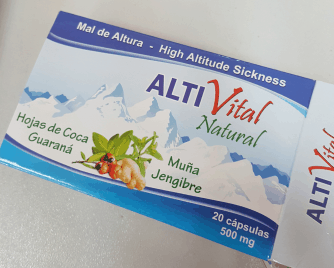
The Coca Museum
Next to Plaza San Blas you’ll find the Coca museum of Cusco. Entrance was free. The museum is small, but there is a very thorough Coca shop attached. Here you’ll find all the Coca products that are available in Cusco, including coca cookies, -tea, -beer, -honey, -jam, -sweets, etc. Since Coca Leaves are a very nutritious food, it’s worth visiting this museum. This is also the best place to buy the natural Coca Altitude sickness remedy (AltiVital) since the price is about 15% lower than at the pharmacies. You won’t, however, find refined cocaine here, apart from warnings about its chemical side-effects.
In the photo below, the coca leaves are chewed along with an activator such as stevia. This comes in a natural flavor, to the right, as well as a mint flavor. Once the alkaloids in the coca leaves are activated your mouth will start feeling numb while you chew on the leaves. This is normal. The benefits are said to include increased mental focus and energy. It may also improve your breathing at high altitude.
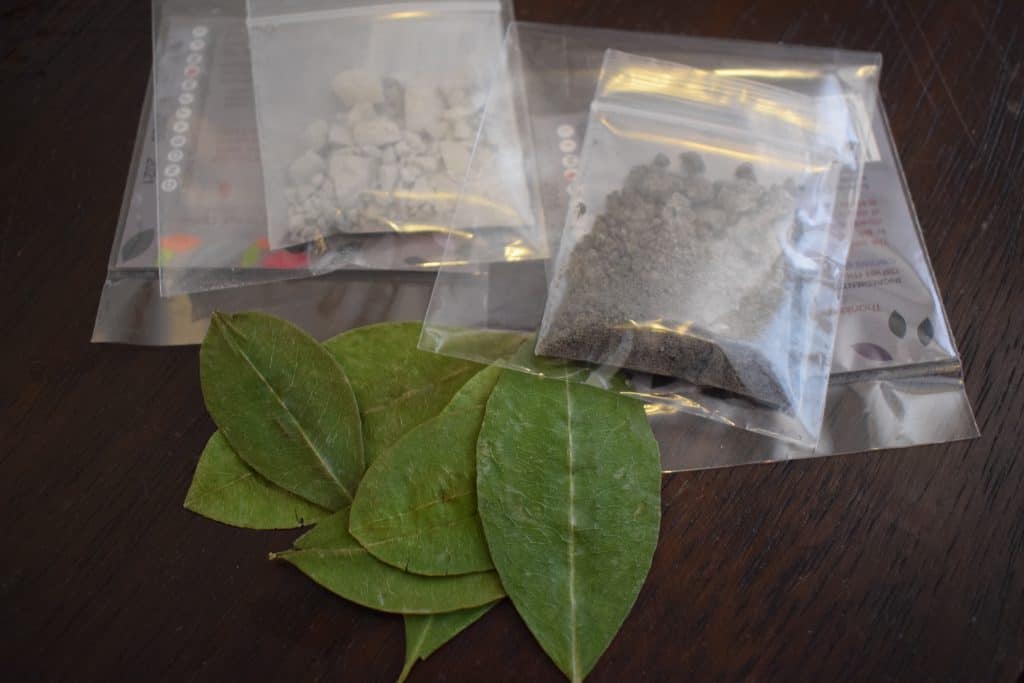
Fitness in Cusco
I tried out Gymto Fitness. Price was 10 soles. It is a tiny gym. Maybe good enough for a once off workout. Especially if you don’t come in peak hours after 5 pm. But not the place you want to workout every day over a long period of time since there’s not enough space and equipment.
Premium Gym Cusco (Avenida El Sol) is a better option if you’re looking to keep in shape before your Inka Trek. Cost is 20 soles for one workout or 80 soles for a week. They have good equipment, treadmills, some space, and it’s very central.
Gimnasio Carrasco Classic is a little further out from central Cusco. Cost is 15 soles for a once-off workout. There are no treadmills inside. Equipment is better than Gymto Fitness. You can get a good workout here, but Premium Gym Cusco is still a much better option.
For Yoga, San Blas neighborhood seemed to have a few good options, e.g. The Yoga Room Cusco. As well as the Healing House Cusco.
Adventure Activities including Machu Picchu
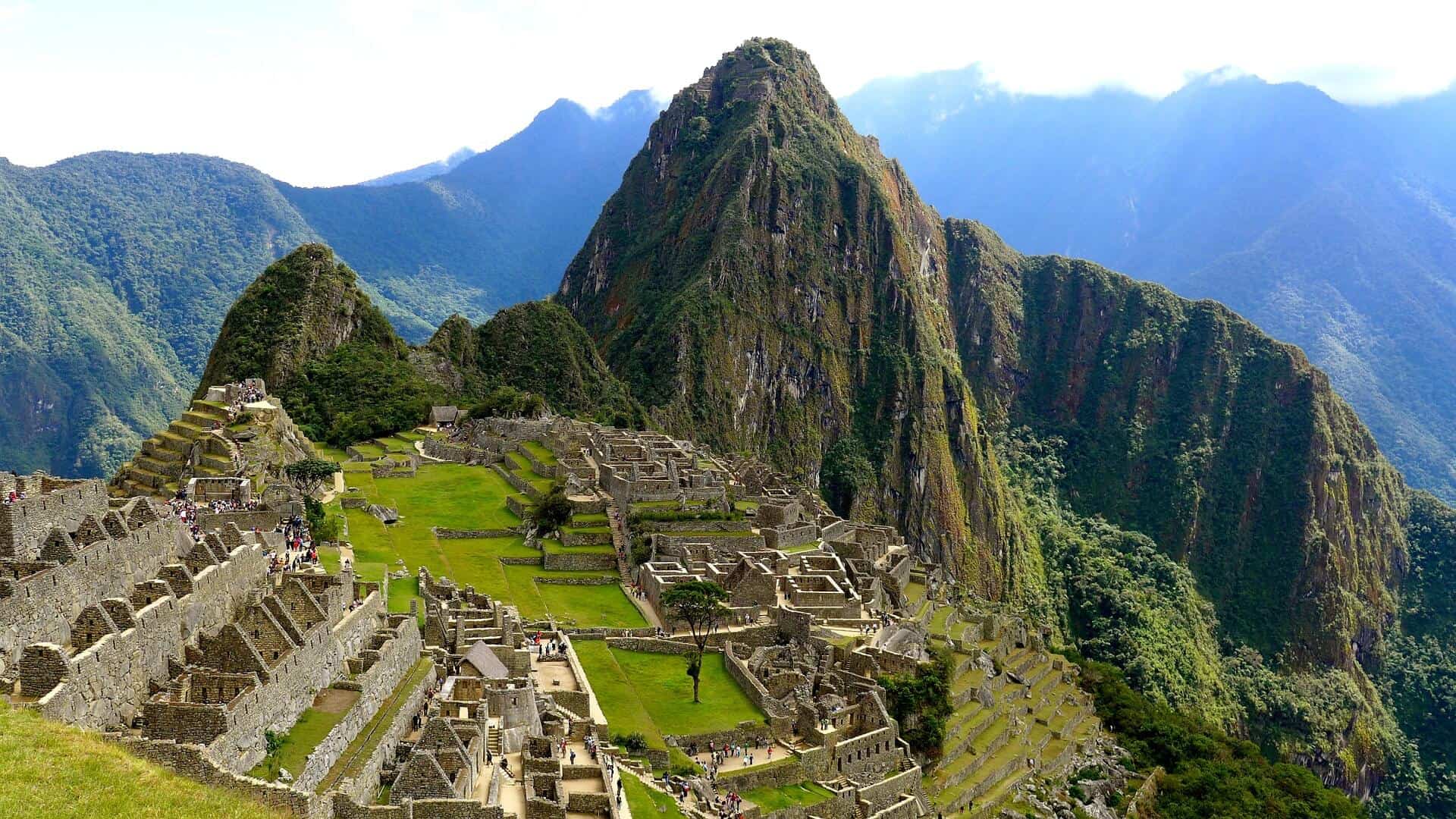
The well-known Inca Trail for which you need to book months in advance (unless it’s off-season) is a popular way of reaching Machu Picchu. An alternative to this is the Salkantay Trail. Otherwise, the Inca Jungle Trek is a more fun and less intense hiking experience. Another option is to simply make a short overnight or day trip with the very expensive train to Machu Picchu from Cusco. Expect the ticket price to be about $75 one way. It is cheaper in the mornings. An alternative to the train is to take the bus to Machu Picchu from central Cusco. In this case, you get dropped off 11km from Aguas Calientes. The last part of the bus ride from St Teresa to Hidro-Electrica is potentially dangerous. It’s a narrow road and around corners, the driver uses his horn to warn oncoming vehicles since he can’t see anything around the bend.
The train ride is the most comfortable, most scenic and the safest way to Machu Picchu. To buy a ticket go to Perurail.com. Plus, you can take a shared taxi to Oliyantambo, for a small price like 10 soles from Cusco. Then get a cheaper train ticket from there to Aguas Calientes. If you head back to Cusco and the train drops you off at Oliyantambo, there’ll be a lot of drivers waiting for you to help you get back to central Cusco (a 2-hour bus ride).
Entrance Ticket ✔️
For Machu Pichu, you need to buy an entrance ticket in advance before showing up at the bottom of the mountain. You have two ticket-options, morning from 6 am to 12 noon, or afternoon from 12 to about 4 pm. The only other expenses would be your accommodation in Aguas Calientes for one night (no point to stay much longer), as well as food.
Scammy Tourist Restaurants
The restaurants in Aguas Calientes often have a separate tourist menu, with hugely inflated prices. When they see you looking at the menu, and then walking away, they will run after you and then offer you the “real menu” with more reasonable prices. Some restaurants in Aguas Calientes will add a large service fee to your bill, but once you question them on this, they will tell you it’s “optional”.
Travel Agency for Machu Pichu?
There is no need to organize your visit to (specifically) Machu Pichu through a travel agency. Unless you want to do e.g. the 4 day Inka Trail for which you can (with some luck) get a price like $525 in the off-season in Cusco itself, even if you only book 3 or 4 days ahead of the time. The Inka jungle trek prices start at $160. This is a more budget-conscious and fun alternative to the Inka Trail. Other excursions from Cusco include the rainbow mountain, the salt flats, and seeing the surrounding small towns of the Inka lands.
The Plant Medicines of Cusco
The Cusco Ayahuasca Experience
Background
The stronghold of Ayahuasca Medicine is Iquitos – in the jungle of northern Peru. But Ayahuasca tourism is well-provided for in Cusco as well. There are a lot of options for one-day ceremonies or retreats that you can partake in to experience this mystical vine.
It is important to emphasize that Ayahuasca is a medicine and not a drug. You won’t get high from medicine. The goal is to edify your soul or spirit. In the west, we have our psychiatric medicines which are renowned for suppressing symptoms along with causing a variety of unpleasant side-effects. Psychiatry doesn’t cure diseases. It’s a controversial topic, and I don’t suggest quitting psychiatry if it works for you. However, medicinal plants like Ayahuasca should be legal everywhere.
It is also worth noting that Aya medicine consists of two plants. You can buy Ayahuasca powder at some markets in Peru, however, to activate the psychoactive properties, the ayahuasca vine (Banisteriopsis caapi) is combined with the leaf of the Chacruna plant (Psychotria viridis). This comes with a caveat – never take this combination on your own, outside of a supervised setting.
What will you experience when using Ayahuasca? Some describe the effects of this medicine as having a psychologist or therapist in your head who is well-attuned to your own circumstances and needs. It helps you get more in touch with yourself. What’s the catch? It isn’t all a pleasant experience. You’ll experience bad nausea – you are guaranteed to vomit and thus to “purge the negative energies inside”. And for at least part of the trip, you can be in a dark place, struggling with whatever is lurking in your subconscious mind.
My Experience
I used ayahuasca twice. Twenty to sixty minutes after drinking the plant medicine – the one moment, you are lying there bored. The next moment, it’s like you briefly fell asleep and woke up in an alternate universe. The aya was penetrating my subconscious, and whatever lies there. For your conscious mind, it’s unexplored unfamiliar territory. Thus it can be seen as the darkness of the inner psyche which takes psychotherapists years to uncover. You’ll feel disoriented, scared like your ego is being ripped apart. While this is going on, the shaman will sing his Icaros-songs in the background. Leading the energies in the room towards healing. Initially, you resist his song and the energy stimulating instruments he uses. He draws out the negative energies from your veins with his instruments. The darkness and struggling culminate in vomiting in a bucket.
During the ayahuasca sessions, you may see visions of the animals of the mountains approaching you. During my first session, it was Alpacas. The second time I saw the spirits of the white mountain wolves. Moreover, the plant medicine gives you a unique affirmation to replace the negative energies you purge. The affirmation I got was “your pain is your strength“. Whatever problem you have, you can turn it into a strength eventually. This relates to Stoicism who preaches that the obstacle is the way. IF you transform your thinking about your problems, you can turn it around eventually. For example, you are in bad shape physically. Let this low point provide you with more motivation than anyone will ever have, and go on a strict diet and fitness regimen of five days a week. Your pain became your strength. You become ripped.
So.. after vomiting you release the bad energy. Afterwards you’ll feel lighter. Now I was responding better to the Icaros and started humming along instead of resisting it. It was only me and the Shaman in the room. I felt like the humming was supernaturally coming from a place very deep in my spirit. With no conscious effort on my behalf. Thus, the ceremony went full circle from experiencing hell to experiencing spiritual freedom.
Aya fires certain neural pathways that are not normally activated in our day to day existence, which is why it is considered therapeutic. Many people would say they are not ready for Aya. They feel some fear. It is understandable. You need an almost “nothing to lose” mentality to partake in an aya ceremony. Because parts of your ego will get systematically destroyed as you wrestle with the snake-vine in your guts. In this sense, it can help us heal (both physically and emotionally), as we are taught to let go. However, everyone has a unique experience with Ayahuasca.
Conclusion
After seeing the darkness of the subconscious first, experiencing this hellish alternate universe, ayahuasca then filled this part of my brain with light and dissolved the darkness. It was a guiding healing voice speaking into my mind. Love will always overcome and is infinitely stronger than evil, was the message of the ayahuasca vine. During the second trip, the aya medicine was encouraging me to go to Machu Picchu, instead of staying in Cusco for another week. Your mind needs time to process the experience. I went through hell and came out stronger in the end.
According to an academic study (1), unlike drugs of abuse, Ayahuasca isn’t addiction forming. Moreover, they couldn’t find negative cognitive impairment or maladjustments in the follow-up to their control group one year later. In addition, improved self-transcendence were noted in Ayahuasca users. Make sure you follow the guidelines of the shamans by not using any supplements, alcohol or medication during the required time-frame preceding your ayahuasca ceremony.
San Pedro at the Temple of the Moon
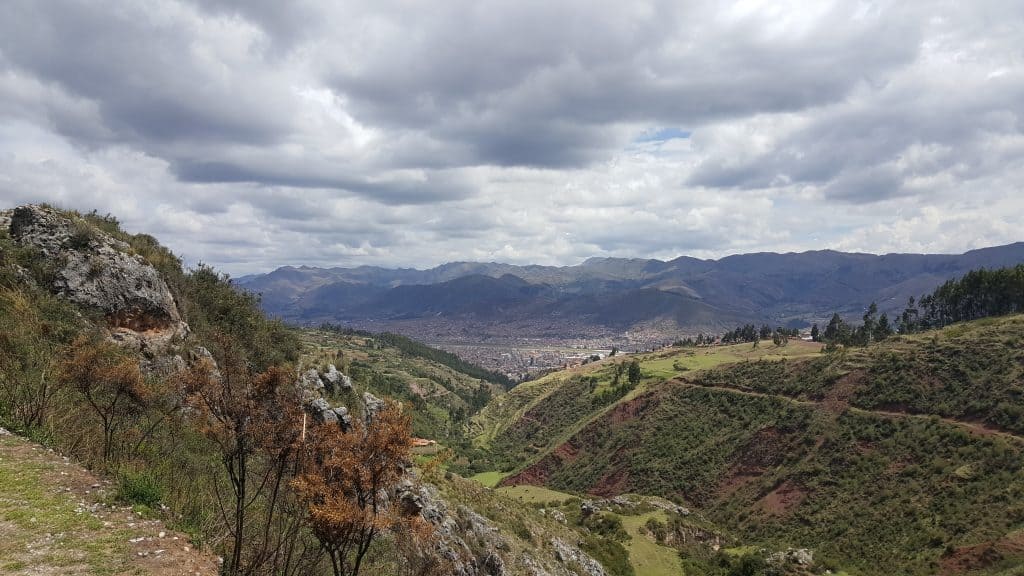
Background
San Pedro is a medicinal cactus native to the Andes mountains of Cusco. This is the place to come to experience its mystical powers. Since there aren’t likely to be any negative physical side-effects (as there is with drugs), nothing should stop you from using plant medicine to realize yourself spiritually. Many would attest to having had life-enhancing experiences with plants. There may be a misconception that San Pedro is a “drug” that will get you “high”. This is incorrect. Maybe if you refine it, like you extract cocaine from coca leaf. You can extract Mescaline from San Pedro and go dance at a rave or techno party. But San Pedro Cactus by itself is a highly spiritual, mystical experience if used under the right circumstances. This should be under the guidance of a shaman at a place like the Temple of the Moon in Cusco’s mystical mountains.
I expected a more relaxed experience than ayahuasca. What I got was something mind-blowing, without any hallucinations or visions. A deeply spiritual experience. No “feel good” vibes that we’ve become addicted to as a modern society. San Pedro, very suitably named after a saint, is an unconventional plant medicine.
My Experience
So.. I sit down with the Shaman. He takes out the green San Pedro powder and mixes a few large spoons with a glass of water (about 500ml). I drink it. I wait for an hour, but nothing happens. So he offers me another glass of San Pedro green liquid. The taste isn’t that bad, kinda like a green cactus smoothie. Now I go lie down on the mattress. Same as with Ayahuasca, it’s like you momentarily drift off to sleep, and 5 minutes later you wake up with weird sensations throughout your body. With Ayahuasca it felt like I was in an alternate universe. But San Pedro didn’t work with hallucinations or visions.
The shaman suggested we go for a walk in nature. My legs felt wobbly and very light. I couldn’t move them fast. My mind was in the spiritual dimension of thought. My body was still in the physical realm. I kept on walking slowly with the experienced Shaman. He didn’t speak English, but I could communicate with him in very basic Spanish. However, this was me carrying my cross. It had nothing to do with the shaman. That day the San Pedro was the thorn in the side. It was the spirit of Saint Peter walking with me to help me spiritually awaken. It felt like I was walking in the Biblical days. There was the feeling of mortality, but also the feeling of having a purpose. Nothing would stop the disciples from their purpose of spreading the gospel. In the same way, San Pedro wouldn’t let me not fulfill my destiny that day.
The Shaman was playing on his flute. As with ayahuasca, they play healing indigenous songs on their instruments. When you struggle you can hum along to their uplifting shamanic melodies. Initially, I was struggling, thinking how crazy I was to do this San Pedro ceremony. I thought I’ll feel good. But San Pedro can make you feel uncomfortable to help you obtain deep spiritual insight. As I walked I realized that as long as I keep my thoughts focused then and there on finding solutions for problem areas in my life, I felt lighter, less nauseous, and less torn-down by the burden of San Pedro which made me walk paralyzingly slow. The walk in nature also felt like a metaphor for how we struggle sometimes as we walk on our path in life.
At some point, I sat on the mountain with the Shaman. A quiet place which was believed to be an energy vortex, along with a good view to contemplate my existence. I saw ants walking below next to my feet. I realized that as long as I have purpose in my life, all is good as I can still eat these ants to stay alive. I was hungry at that point since I was fasting since the morning. If I needed to, I would’ve eaten one of those ants.
On that mountain, my mindset started to shift. My thought processes were being crucified. And San Pedro was resurrecting me into the realms of heaven. In an epiphany, San Pedro showed me that the kingdom of heaven has already come. It is around you, but the veil needs to be lifted so you can see it. It lifted the veil. I felt like I was experiencing the rapture. Metaphorically, the skies were opening up, presenting me with a ladder leading up to heaven. This was all happening in the spiritual realm. The next day, you are back in the physical world, and you have to survive in that world. However, San Pedro showed me that the Kingdom of Heaven has already come on the spiritual plane of existence.
Conclusion
There’s a lot of value in plant medicine. Plants, by itself, shouldn’t be illegal. Can you make nature illegal? It existed before us, and we are part of nature. Refining nature into illegal drugs is wrong, but the pharmaceutical industry does the same thing. Sometimes to our benefit, and sometimes not. When you use plants for spiritual understanding and healing, it shows inner strength to walk in suffering towards healing. There are no real negative physical side-effects with these medicinal plants like you get with psychiatric drugs (or with refined illegal drugs). The common underground opinion is that the powerful medical and psychiatric cartels see coca leaves, ayahuasca, and San Pedro as a threat to their profits. Since these are widely believed to be healing plants.
(Medical disclaimer: This post is not medical advice. Never quit psychiatric drugs without your doctor’s approval)
Health Travel Junkie Challenge
Go To Machu Picchu and walk up the mountain from Aguas Calientes instead of taking the bus. It should take about an hour from the mountain-entrance to get to Machu Pichu.
Cusco (Peru) Health Travel Junkie Scale
Fitness activities (such as the hiking and trekking) – 9.5
Food – 8.5
Cost of traveling – 8 (not the cheapest city, but still relatively o.k. prices)
Other Wellness-related activities – 9 (such as San Pedro Market, San Pedro Cactus, and Ayahuasca)
Overall rating: 87.5%
Next, read our Arequipa and the Colca Canyon Hiking & Wellness Guide.
If you enjoyed this post, share the link and comment below with your travel tips or questions!
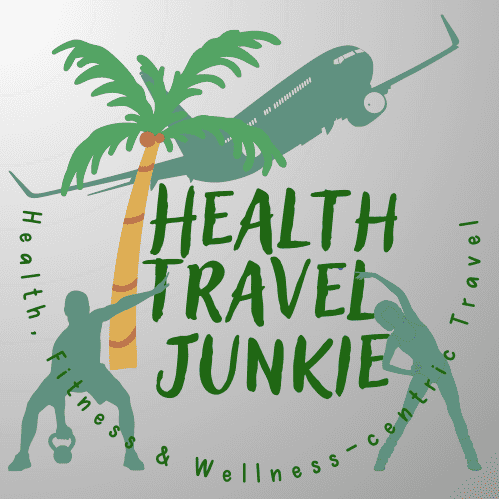
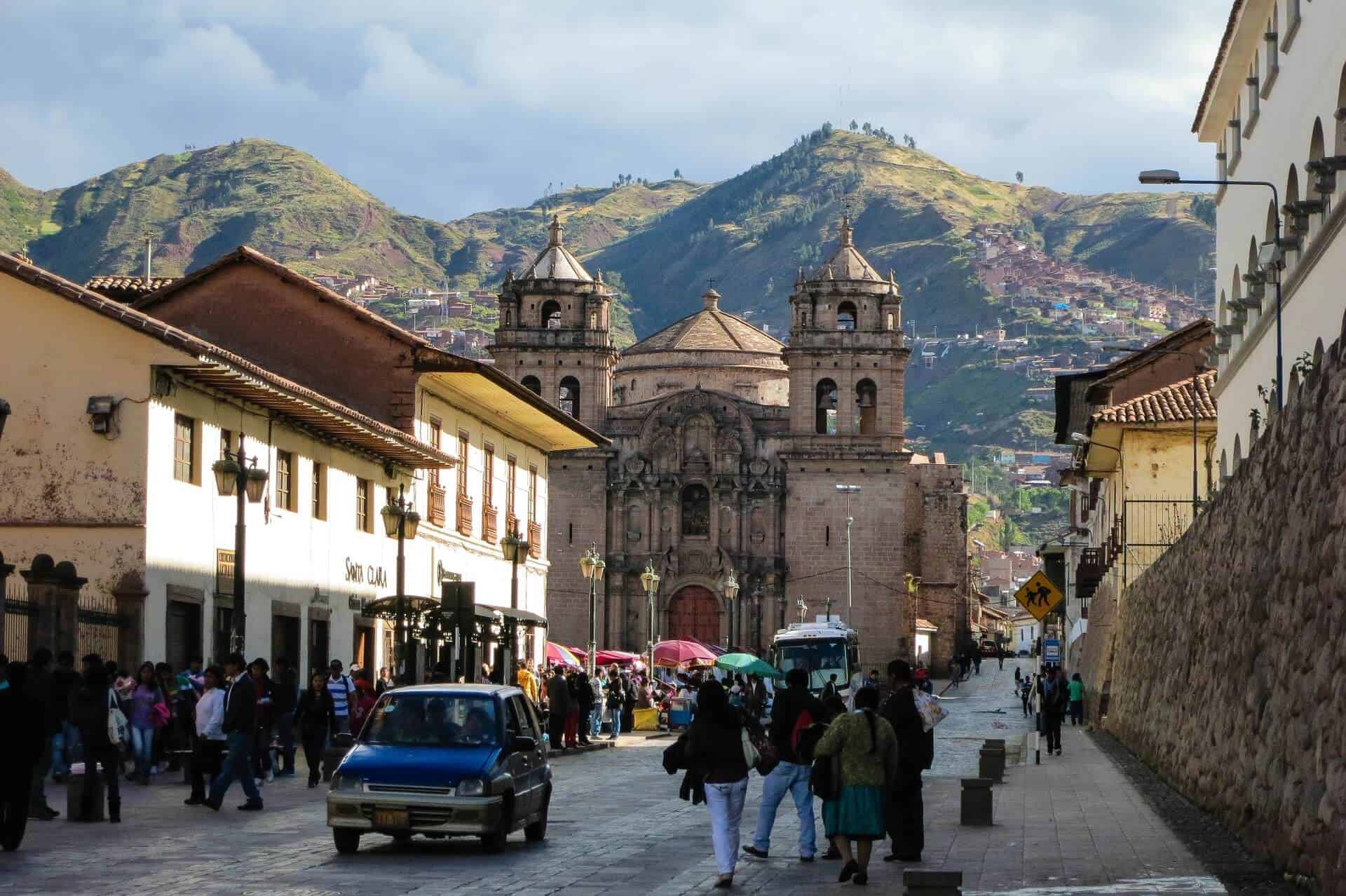
You have every reason to recommend the natural capsules Altivital, they are very good and have no side effects, made with what nature gave us and used from our ancestors, coca leaves and muña, guarana and ginger, for alleviate each of the symptoms that arise. You can find them at the airports in Peru and at the pharmacies as well.
True. Thanks for the comment!
Exceptional experience from start to finish. The site is well-organized and informative, reflecting a deep respect for the cultural and therapeutic context of DMT, LSD, and Ayahuasca. Delivery was prompt, discreet, and handled with great professionalism. A reliable and thoughtful resource for those exploring these compounds in a responsible and informed manner.
Thanks for the kind words